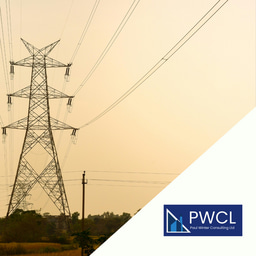Regional case study: Canadian Waste to Energy
What does the EfW Market look like in Canada? What are the challenges and what changes need to be made to increase WtE activity in the region?
In this deck, I provide an overview of the WtE market in Canada, covering:
- Current status
- Why Canada is falling behind other countries
- What needs to change
- The future of Canadian WtE





Please sign in or register for FREE
If you are a registered user on Energy from Waste Network, please sign in
Thank you for the insights, Dale. The unjustified fear of pollution from EfW often fomented by the media is not something unique to Canada. Permitting an EfW in the UK has always been difficult and sometimes impossible with some attracting thousands of objections and outrageous claims of dangerous emissions being made to further their cause. As you know EfW emissions are heavily regulated, and with the right technology and process design are significantly below both regulatory limits and all other combustion processes such as coal fired power plants.
More significant perhaps, is the difference between the UK (and it seems Canada also) where we have historically regarded waste as a problem whereas in Scandinavia and indeed most of Europe they see waste as a resource - to be recycled where possible/sensible or converted into energy in the form of electricity and heat. Here our traditional, and indeed still commonly current designs are based on a premise that the approach needs to be one of still dealing with the problem in as cheap a way as possible and energy efficiency has not been part of the picture. So, we are still referring to EfW facilities as 'incinerators' - a misnomer if ever there was one.
I believe your City of Hamilton is moving in the right direction.